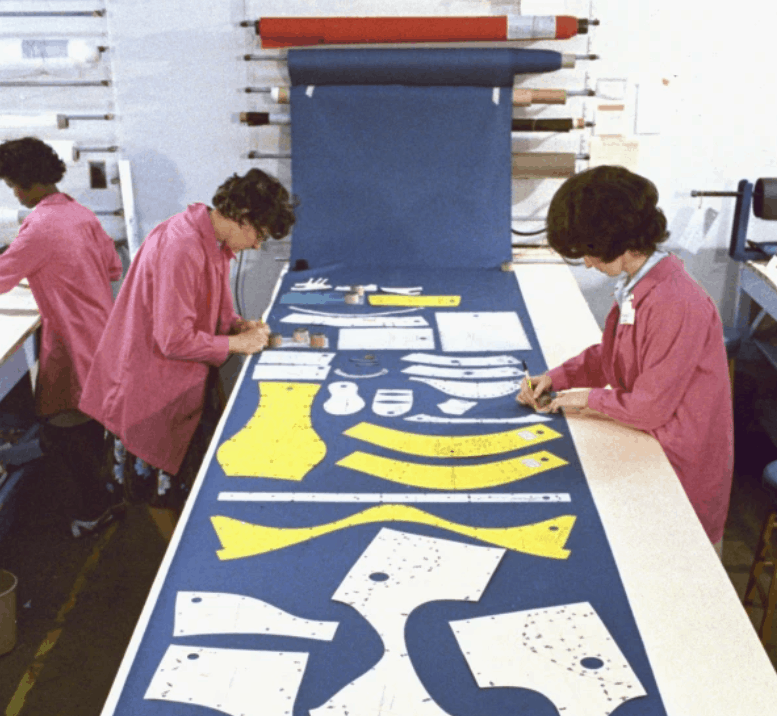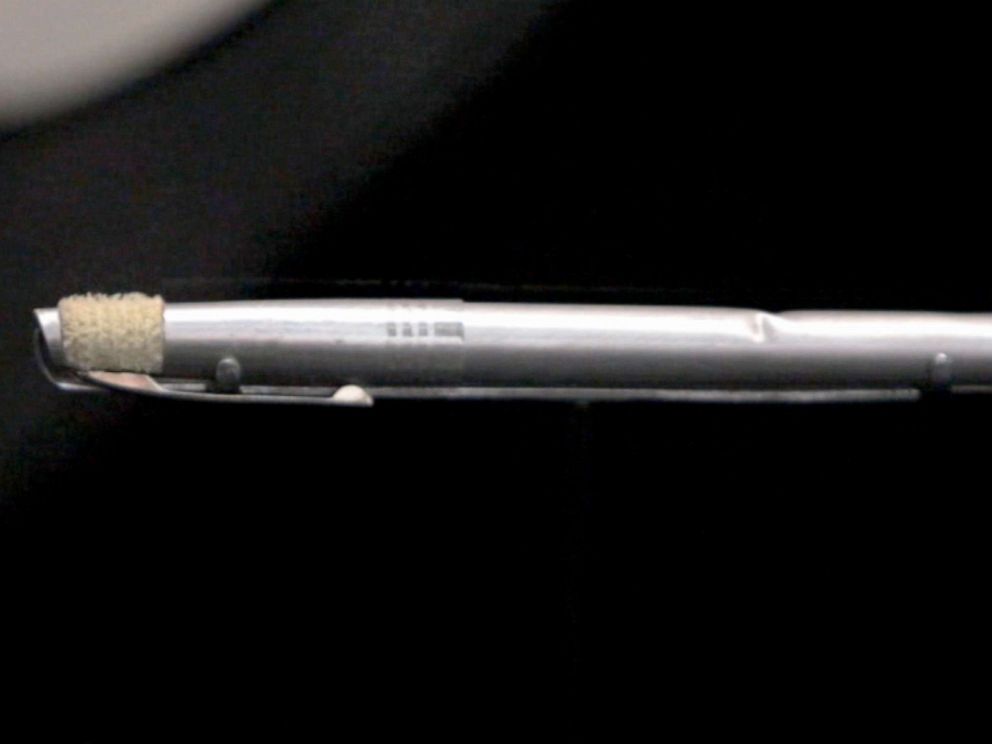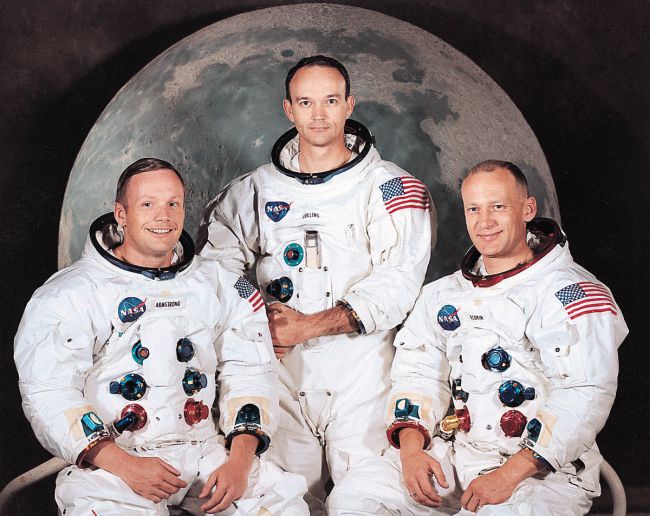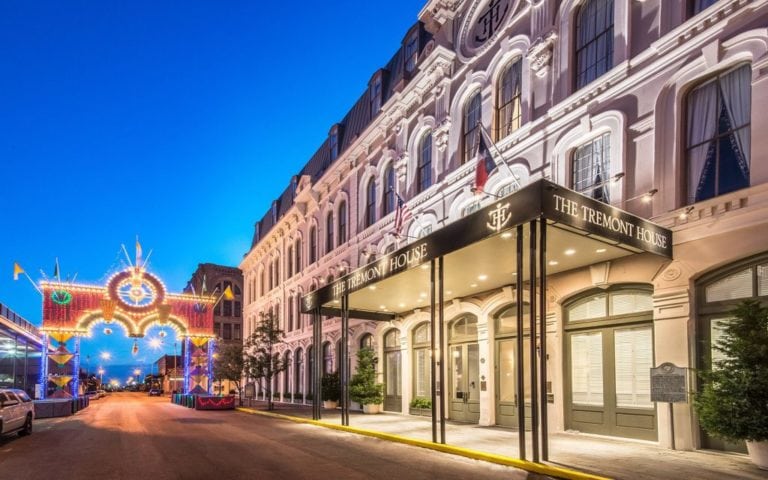On this day 50 years ago, July 16, 1969, Apollo 11 launched from Cape Kennedy with an extraordinary goal: to land man on the moon. Four days later, on July 20, Commander, Neil Armstrong and Lunar Module Pilot, Buzz Aldrin would be the first humans to walk on the moon. Command Module Pilot, Michael Collins would stay with the aircraft during their walk.
The moon landing is a significant moment of history for the United States and mankind alike. Modern day technology gives a look through a metaphorical window to imagine what it was like for these men as they achieved the “impossible.” Details are often lost when we simply focus on the big picture. But if you zoom in, hidden secrets move to the forefront and you are left unable to un-see what might have otherwise been lost.
As we prepare to raise a glass and toast the 50th anniversary of Apollo 11, we’re tapping into the lesser known secrets about this mission to help you appreciate the scientific brilliance and heroic courage of those that made it possible.

Playtex, a company best known for designing bras, was given the task of designing a suit that would protect the astronauts from temperature extremes while on the moon’s surface. Playtex’s industrial division has designed every NASA space suit since.

2. Buzz Aldrin Took Communion on the Moon
When Apollo 11’s Eagle Lunar Module made contact with the moon, Armstrong and Aldrin were instructed to wait before disembarking. This hour long “downtime” gave the men time to physically and emotionally prepare to walk on the face of the moon. “I was certainly aware that this was a culmination of the work of 300,000 or 400,000 people over a decade and that the nation’s hopes and outward appearance largely rested on how the results came out,” Armstrong is quoted. Aldrin got on the comm system and spoke to the ground crew back on Earth. “I would like to request a few moments of silence,” he said. “I would like to invite each person listening in, wherever and whomever he may be, to contemplate for a moment the events of the past few hours and to give thanks in his own individual way.” Aldrin gave thanks through Communion. An elder at Webster Presbyterian Church, he had been given permission to take bread and wine into space.

The official transcript for Neil Armstrong’s historic first words when stepping foot on the moon read: “That’s one small step for (a) man; one giant leap for mankind.” What’s with the parenthetical “(a)”? Well, it could have been the static from poor service (I mean he was calling in from the moon for crying out loud); or it could have been lunar stage freight; regardless, it seems that Neil may have left out a word in his predetermined message to the world. It seems he intended to say (and may have actually said), “That’s one small step for a man.” However, recordings did not capture the article. Because research has been inconclusive to determine the final wording, it’s up to the discretion of history. The Apollo 11 official transcript can be found here.

Image Credit: NASA
You know we left an American flag on the moon’s surface but do you know what else we left behind? First, memorabilia honoring the other astronauts whose sacrifice gave us heightened intel on how to successfully make it to the moon. (Please don’t let the next piece of information take away from the meaning of these artifacts). The other things we left? The astronauts’ waste (yes, their bathroom waste) along with other things no longer needed for the trip home. A full list of man-made items left on the moon can be found here.

Credit: ABC News
5. A Felt Pen Saved the Mission
As the men prepared to make their journey back to earth, they noticed a circuit breaker switch had broken. But this wasn’t just any switch. It was the one that would enable the lunar module to blast off from the moon. With all of the hustle-and-bustle in such a small space, the switch had simply been knocked off. After they told mission control and took a cat nap, no one had thought of a solution. Aldrin pulled a felt-tipped pen out of his shoulder pocket. A perfect fit into the opening, the circuit breaker held and the men were able to lift off the moon.

Image Credit: NASA
Gunpowder! While the astronauts’ noses were not exposed to moon dust while walking on its surface, their space suits were covered with enough lunar dust to tickle their nose hairs. And astronauts from different Apollo missions exposed to the dust agree in their description of the scent.

Image Credit: NASA
“Mission accomplished. Now don’t touch anything.” A similar statement may have been made as the astronauts returning from the moon’s surface were hustled into quarantine. Because no one could be certain that alien germs and unfamiliar diseases weren’t contained on the moon’s surface, astronauts were kept in quarantine for a month upon returning home. From touch down, the three were ushered into the “mobile quarantine facility,” a converted air stream trailer. They were then flown in this to the Lunar Receiving Lab, a special building constructed just for the month long quarantine.

Had the Apollo 11 mission ended in tragedy rather than triumph, President Nixon’s speech writer, William Safire, was prepared with a speech. Instead of Neil Armstrong’s famous first words, history could have been left with different a different statement in mind: “Fate has ordained that men who went to the moon to explore in peace will stay on the moon to rest in peace.” Thankfully, the words remain unspoken. The speech now sits in the National Archives.




